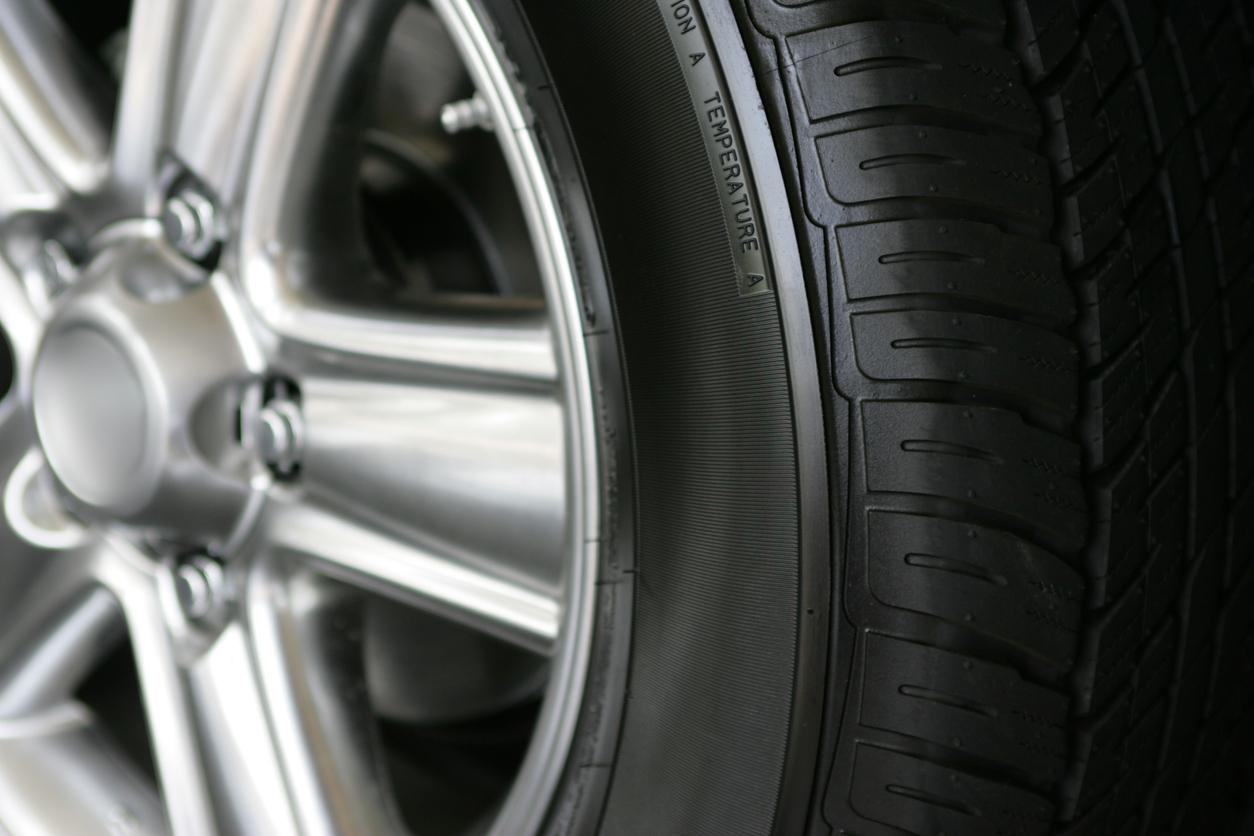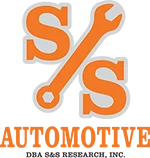
What supports the weight of your vehicle? If you answered your tires, you are wrong. It’s the air pressure inside the tires that supports the weight.
The correct tire pressure can help you save money on fuel because over- or underinflated tires can cause your engine to work harder. It’s hard to say which is worse, over- or underinflated tires as both can cause serious problems.
Underinflated tires. Underinflated tires will have you driving on the sidewalls. The sidewall part of the tire is normally thinner than the part of the tire you drive on – that being the tread. If you are driving on an underinflated tire, a puncture could easily rupture the sidewall and result in a tire blowout. Underinflated tires increase the area of the tire you are driving on and can result in the sidewalls wearing out, since you are now driving on them. Also, fuel mileage can be reduced by one MPG or more.
Overinflated tires. Overinflated tires will cause uneven wear on the tread as all the wear is concentrated in the center. An overinflated tire is stiff and unyielding and the size of its footprint on the road is reduced. If weather conditions are less than optimal, you are reducing the amount of control you are exercising over your car. Overinflated tires cannot isolate road irregularities (potholes or debris) as well and will result in a harsher ride.
Best Practices. You cannot set tire pressure and forget about it. Tire pressure should be checked at least once a month and before starting on any long trip. You need to make sure the ravages of time, changes in ambient temperature or a small tread puncture have not caused it to change.
Tire pressure should be checked when the vehicle is cold, let’s say in the morning before you drive more than a few miles or before rising ambient temperatures. Checking your tire pressure is a very simple process and takes only one instrument. You can buy a tire gauge at any auto parts store, big- box store, or online. A good gauge will cost anywhere from $5 to $15.
Use the tire pressure recommended by your car’s manufacturer, not the “max pressure” numerals found on the tire sidewall. By using the recommended pressure, you will get the best combination of performance, ride comfort, tire life, and fuel economy.
If you have any further questions about tire inflation or if you suspect any issues with your tires, please come into our shop and have our trained ASE-Certified technicians take a look!

 MENU
MENU